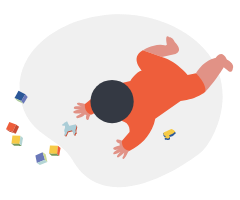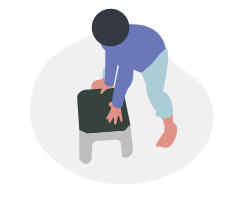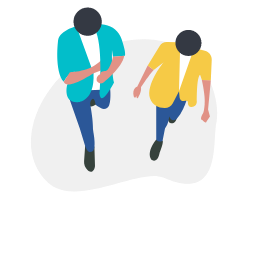The more you learn about achondroplasia, the more overwhelming it might feel. While you can learn a lot on your own, you can also ask a specialist who has expertise in achondroplasia. Working closely with your care team can help ensure you’re getting the right care at the right time.

How many children with achondroplasia or other skeletal dysplasias have you treated?

Have you been involved in any research on achondroplasia?

What other types of doctors should my child be seeing?

How will you coordinate care with the rest of my child’s healthcare team?
Other Health Professionals
- Occupational therapist helps to improve physical strength and function for activities of daily living
- Physical therapist helps increase mobility, align bones and joints, or lessen pain
- Nutritionist or dietitian helps manage weight and avoid obesity through nutritional planning
Special Considerations When Having Surgery
It is important to work with a surgeon and anaesthesiologist who have experience treating people with achondroplasia. This is because of the special considerations needed to reduce the risks of complications associated with airway management and other anatomical differences.

Consider Needs Other Than Medical Care

Special Needs of Infants













